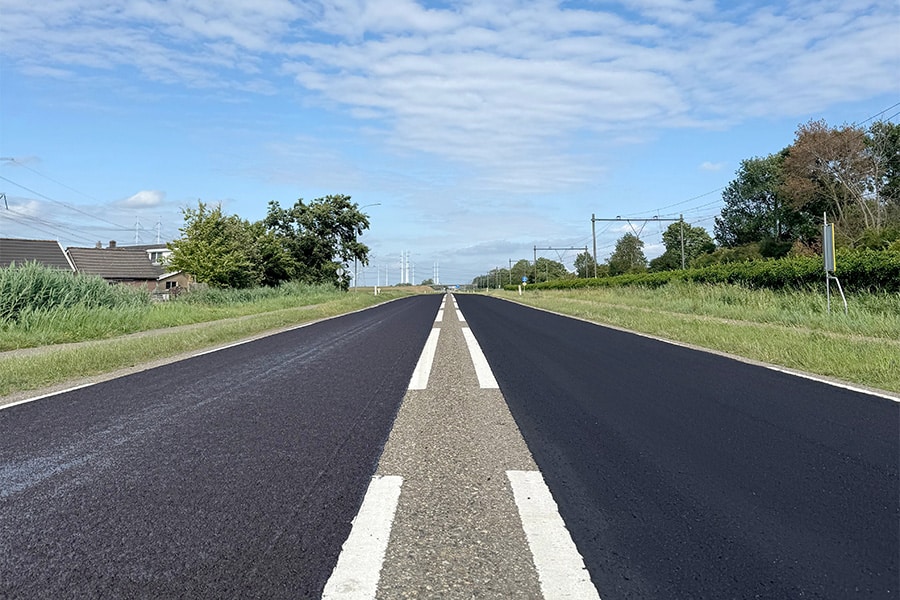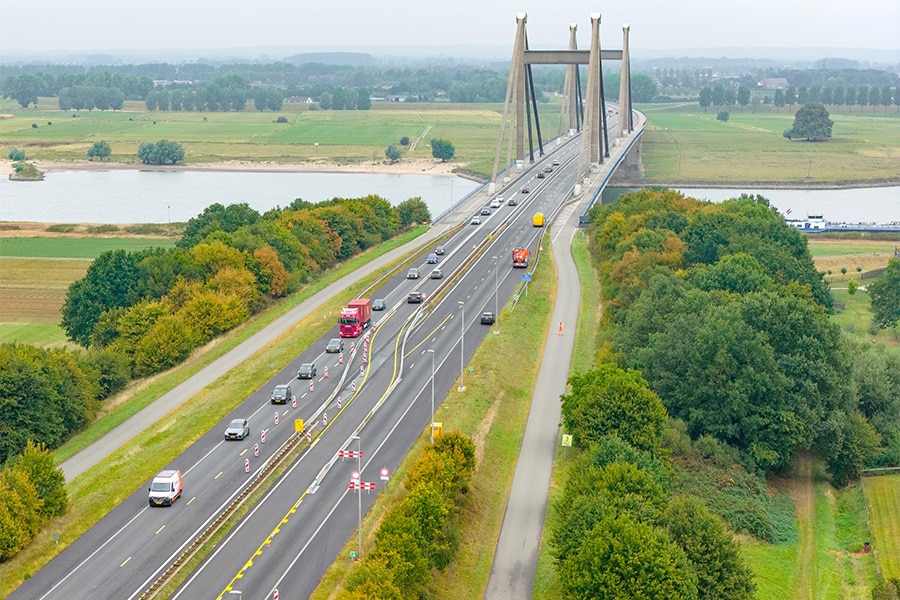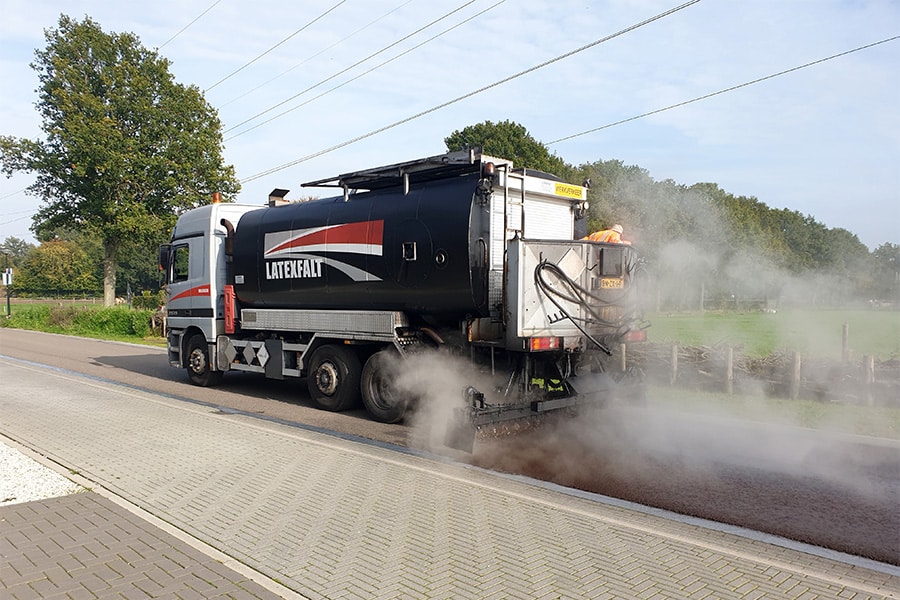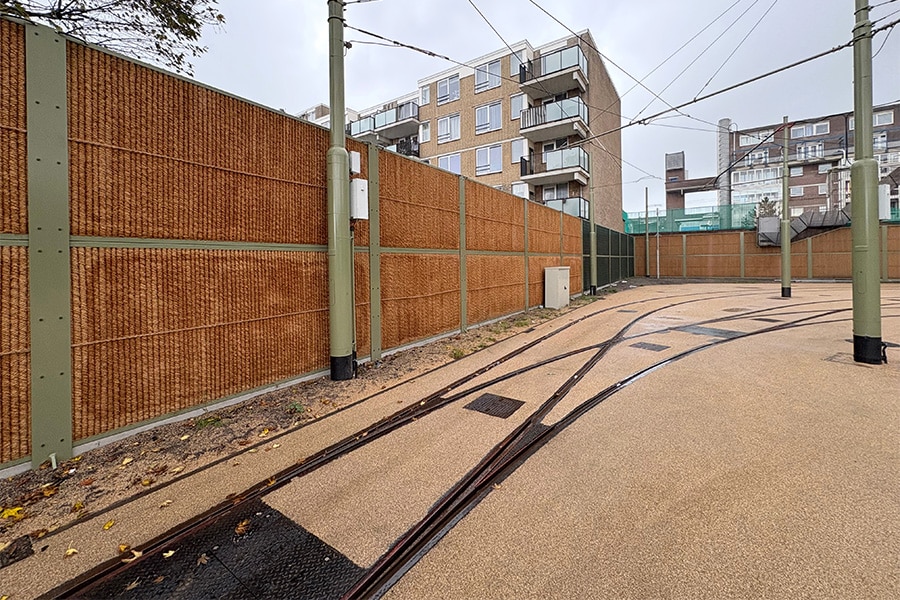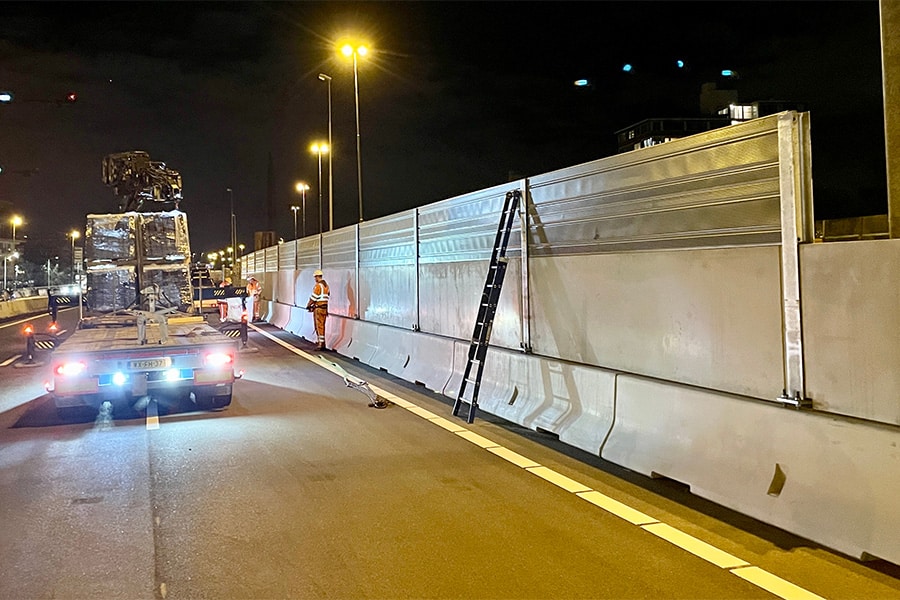
Not thinking in standard solutions
DELTABLOC's first few hundred meters of special vehicle barriers have now been installed as part of the widening and sunken construction of the A9 Badhoevedorp-Holendrecht motorway. Director Kees Hanegraaf is happy to explain his company's specialism.
DELTABLOC is a specialist in passive vehicle barriers. Hanegraaf: "The standard barrier systems available in the Netherlands can suffice in many cases. In addition, situations arise during road construction and reconstruction that cannot be met with standard solutions. This is precisely where DELTABLOC comes into the picture."
The Department of Public Works has requirements for safe screening. Performance classes are used for this purpose. The required quality of a barrier is determined by the traffic situation, available space and the expected risks in case of a collision.
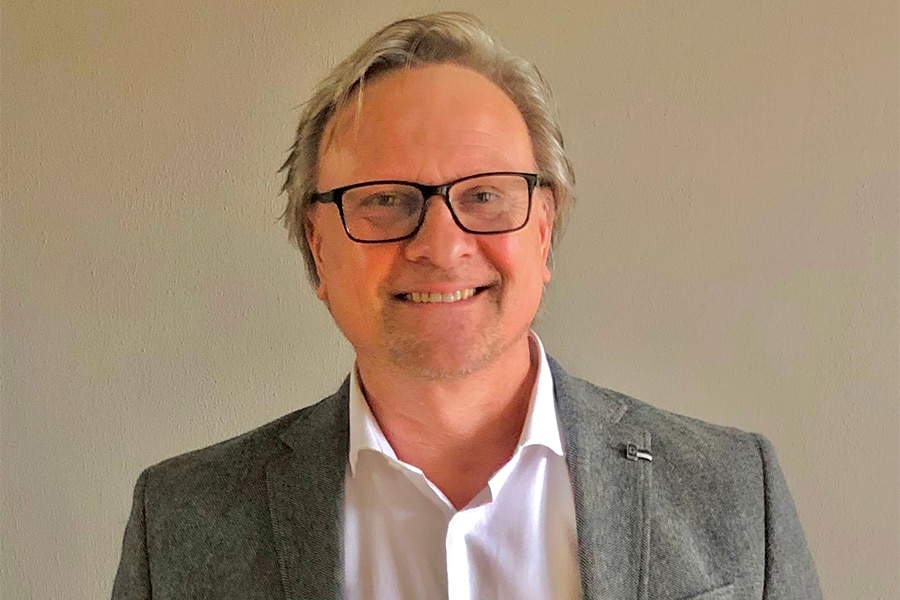
Sound barrier
Hanegraaf: "On the A9 we can safely say that for the temporary shielding 90% of the vehicle barriers are filled in with standard solutions. But if there is too little space for these barriers, smaller systems will have to be fitted in or systems that shift less during a collision. That situation is happening now. We have so far deployed five different systems on the A9, making an important contribution to the road safety of the project."
The barrier with noise barrier is particularly suitable when traffic noise toward residential buildings needs to be reduced. This combined function emerged from the requirements of the Department of Public Works. DELTABLOC installs these screens over a distance of 1.6 kilometers, of which 600 meters have already been realized.
All vehicle benefits were tested with real impact tests to demonstrate quality. Also the barrier with integrated noise barrier. Hanegraaf: "That this barrier really works has now been proven in practice. A car has already collided with it at high speed and everything remained neatly in place.
Temporary and permanent
DELTABLOC talks about temporary and permanent systems. But once a so-called temporary system is installed for more than a year, it is set up as if it were permanent. The client buys part of the barriers, but for VeenIX, DELTABLOC has also established a rental pool. "We point out that already delivered barriers can possibly be reused in the permanent situation. That totally fits into the idea of sustainability and cost savings."
If there is a considerable risk of major consequential damage at a certain location behind a barrier, DELTABLOC applies a heavier duty system from the higher performance class H4b. Such a system is made to also turn trucks. "In that case, think of a system on a bridge deck or right next to an embankment. These barriers can be anchored if necessary and, partly because of this, do not shift much, if at all, in the event of a collision."
The smaller and narrower systems are mainly used for temporary use. DELTABLOC has a large rental pool of these. These are mainly intended to separate traffic flows in places where there is no room for a heavier barrier in the middle of the road.
Finally, Hanegraaf illustrates DELTABLOC's commitment to the environment. "The production of the large walls for the A9 takes place at Strukton Prefab beton in Utrecht. These do not have to be transported over a long distance, so the environmental impact (EQI value) during transport remains modest."
